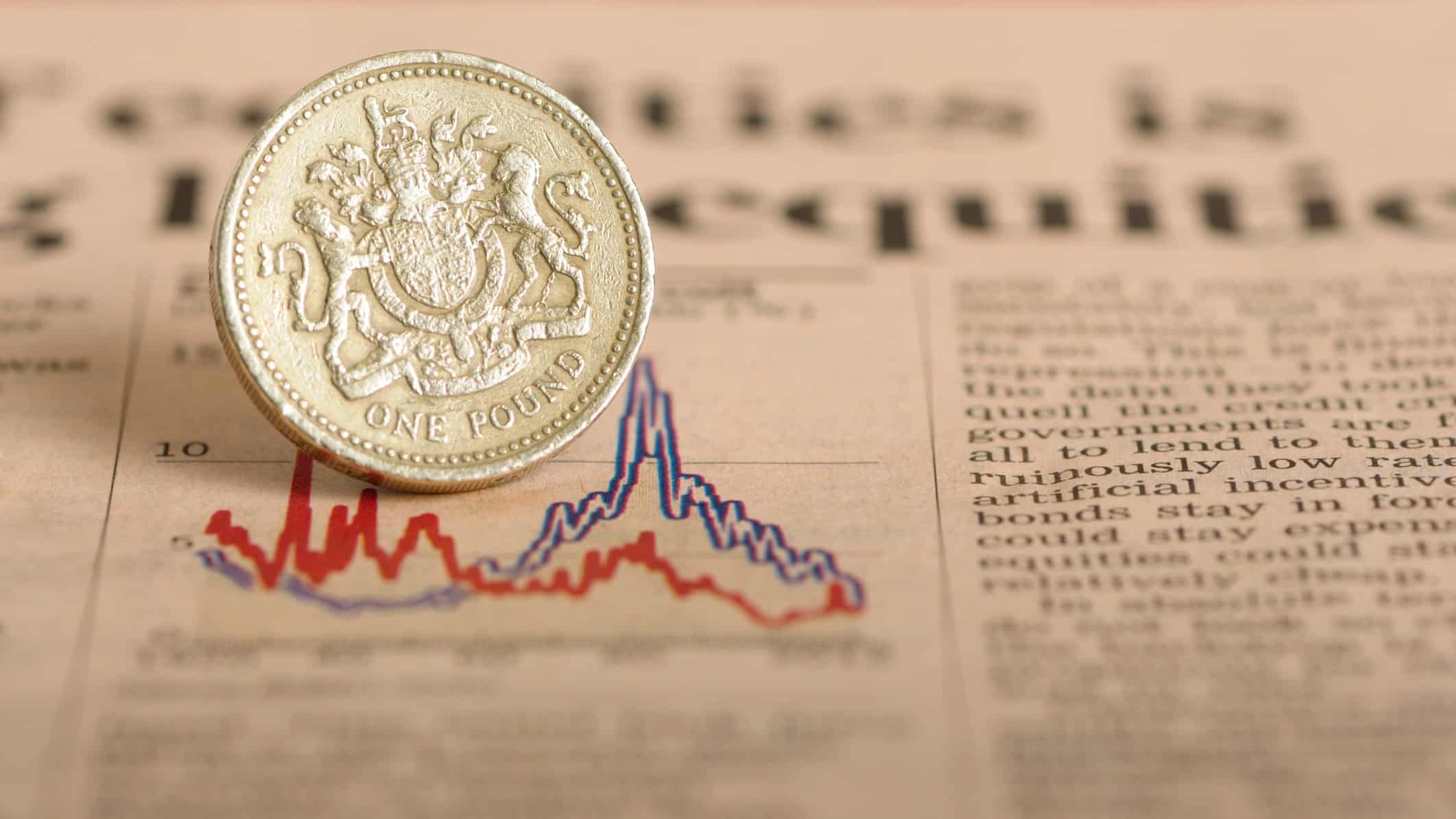When I started out as a teenage investor in 1986-87, it was all so very different. For a humble lad like me, setting up a stockbroking account involved weeks of tedious paperwork. Eventually, I started buying individual shares. Looking back 35 years later, I’ve surely made every possible investing mistake. Here are four lessons I’d offer to a younger version of myself, if I were starting out today.
1. Investing is a marathon, not a sprint
When I started out as an investor, I saw investing as a ‘get rich quick’ scheme. And, initially, it really was. In 1986, the FTSE 100 index’s total return was almost a quarter (24.2%). Share prices soared for the first nine months of 1987. Then came one of the sharpest, steepest market crashes in history, wiping out a year’s gains in one week. Having also lived through the 2000-03, 2007-09, and 2020 crashes, I now understand the stock market’s simplest secret. I buy when share prices are cheap/modest, sell when they get bubbly/overblown, and work to a timeframe of 10+ years. Doing this helps to smooth out Mr Market’s jarring ups and downs.
2. It’s also not a game
Investing lesson #2 is that investing should be boring, not exciting. If buying and selling financial instruments gives you a dopamine rush, then you may be doing it wrong. Even worse, the latest high-speed trading apps encourage users into pleasure-seeking behaviour. Apps like Robinhood push users to trade quickly and as often as possible. And when users trade, they are ‘rewarded’ with fireworks, confetti, and so on. I find this addictive ‘gamification’ of investing extremely worrying, because financial markets are not a giant multi-player game.
3. Trading isn’t investing
Most young investors I meet are not actually investing; they are trading. They trade assets over the short term, hoping to make quick profits. Therefore, they are attempting to profit from short-term predictions of market movements. This is fiendishly difficult, as is all future forecasting (for example, sports betting). Expert traders will admit that some they win, some they lose. But what research clearly proves is the more individuals trade, the more they lose. Thus, making split-second bets on highly complex derivatives is best left to professionals (such as high-frequency trading firms).
In contrast, investing involves buying and holding assets over many years, aiming to capture a share of their long-term cash flows. As acclaimed US fund manager Peter Lynch remarked, “Although it’s easy to forget sometimes, a share is not a lottery ticket…it’s part-ownership of a business.” Today, my primary goal as a long-term investor is to buy into great businesses at reasonable prices.
4. High returns equal high risks
Finally, the past 18 months have seen some truly extraordinary oscillations in asset prices. In some cases, buying in at the lows has led to 10-fold or even 50-fold returns for skilful (or lucky) players. But investing in highly volatile assets can be brutal, especially when prices suddenly move against you. This is particularly the case when investors use leverage to magnify their gains (and losses). Right now, leverage and margin lending among retail investors is close to all-time highs. But with asset prices riding high across the board, employing leverage can be extremely dangerous. That’s why as an investor, I spread my risk to avoid making concentrated — and potentially life-changing — losses!








